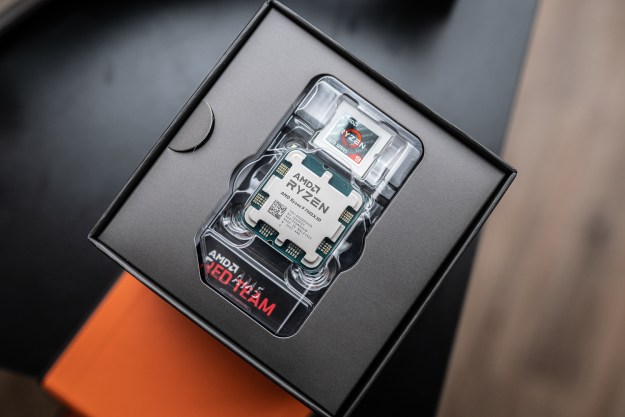This announcement was made by senior VP and GM of non-volatile memory solutions at Intel, Rob Crooke, who says that Intel plans to invest upwards of $5.5 billion in the next few years to help transition the site into one of the world’s leading edge non-volatile memory production plants. To date, the facility has been manufacturing 65-nanometre parts for the chip-maker, so it’s ripe for renovation in a world where the latest processors are produced on a 14nm die.
He said production of 3D NAND technology could begin in the second half of 2016.
As much as this is a big move for Intel, it’s perhaps even more impactful in terms of its relationship with Micron. Intel and Micron have together, as part of the IMFT joint venture, been responsible for some of the biggest developments in NAND memory over the past decade. Micron has provided the production muscle in this relationship, building the chips for Intel-branded storage solutions at its facilities.
That partnership, though long-standing, hasn’t been the most stable over the past year, with Intel skipping over Micron’s 16nm NAND and ultimately facing shortages of the flash technology, resulting in the use of chips from SK Hynix. This leads to some considering whether Intel and Micron may end their long-running relationship when it’s up for renewal in 2017.
That said, Rob Crooke did say in the announcement that “[Intel’s] partnership with Micron remains very strong”, and of course Intel’s investment in the Chinese facility may have nothing to do with its relationship with Micron. It could be more to do with the climate of investment in China. The government there is currently courting a lot of investment from international companies, especially U.S. tech firms, many of which the president Xi Jinping met with in person during his recent visit to America.
Editors' Recommendations
- The one AMD 3D V-Cache processor you should avoid at all costs
- Nice try, Intel, but AMD 3D V-Cache chips still win
- What is a 3D printer, and how much do they cost?
- 3D printed cheesecake? Inside the culinary quest to make a Star Trek food replicator
- What is AMD 3D V-Cache? Extra gaming performance unlocked




